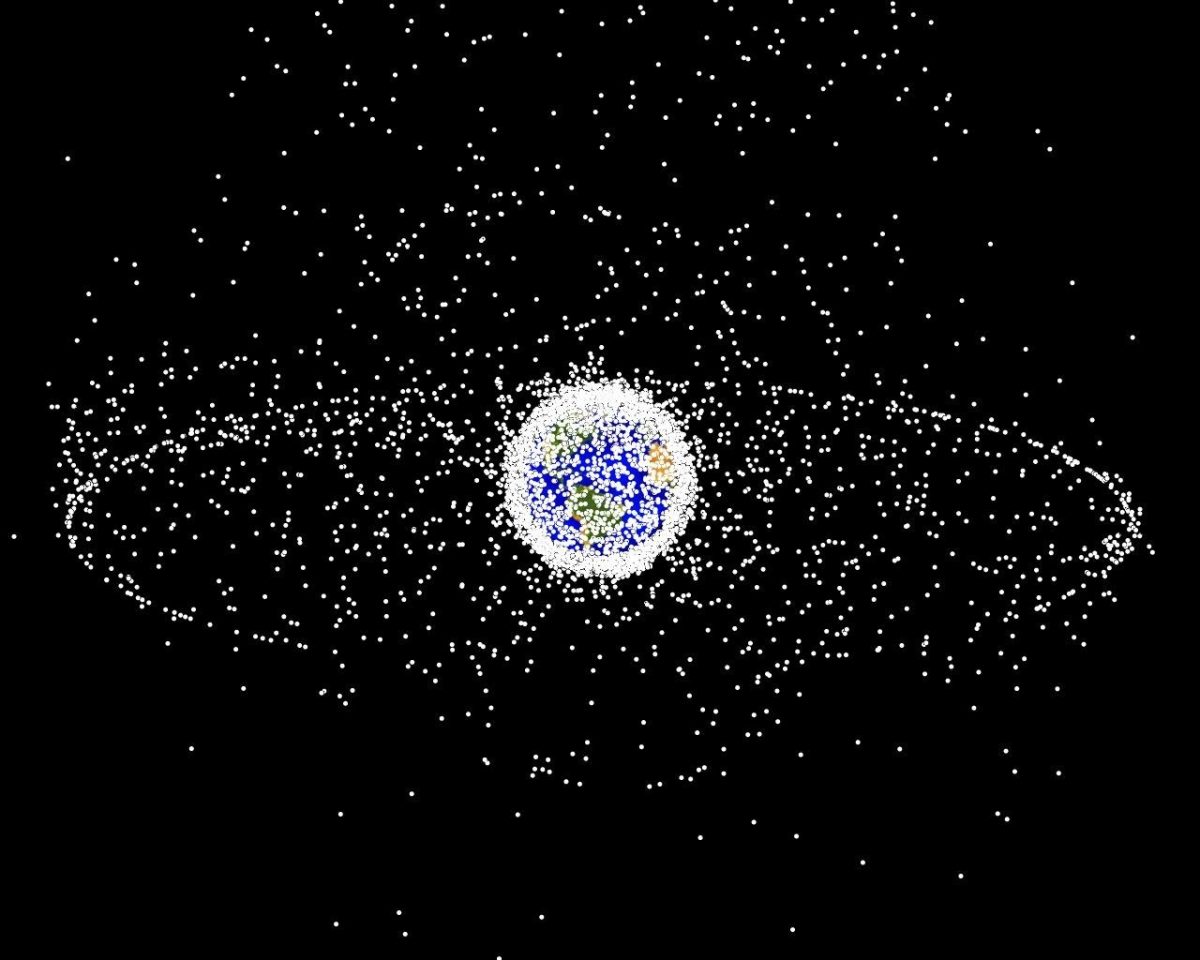NASA estimates there were over 27,000 pieces of space debris circling the planet 15 months ago. Last November Russia added another 1,500 pieces to that count when it used a missile test to destroy one of its Soviet era, non-working satellites. As the amount of debris continues to climb so does the threat to safety in space and the possibility of war from novel space weapons. Next week Secretary of Defense Lloyd Austin will host a classified meeting to consider the implications of Russia and China’s pursuit of advanced space weapons. The public announcement of this discussion comes after two key events last year: the destruction of the defunct Russian satellite and the historic first with China’s testing of an advanced hypersonic glide vehicle and fractional orbital bombardment system, according to Joe Gould of Defense News. Admiral Charles Richard, chief of US Strategic Command, admitted such a test was “never before seen in the world.” “Richard, speaking at the Space and Missile Defense Symposium earlier this month, said the military must now overhaul its missile defenses and develop systems to better warn against launches aimed at the US.”
The Secretary will meet with his Deputy Defense Secretary Kathleen Hicks, Under Secretary of Defense for Policy Colin Kahl and the Defense Policy Board, which is comprised of former national security officials. Assistant Secretary of Defense for Space Policy John Plumb will brief the board on the Pentagon’s upcoming space strategic review. Putin’s war in Ukraine has not slowed Russia’s aggressive space policy. DOD is planning to examine potential responses to Moscow’s ground-to-space weapons program and how it could impact US defense policy. Military analysts are calling 2022 a “pivotal year” for space security, according to Gould, sue to Russia’s use of counterspace capabilities.
Russia is developing ground electronic warfare and directed energy weapons to counter western on-orbit assets, according to Courtney Albon of Defense News. She points out that the intelligence community’s 2022 Annual Threat Assessment predicts “Russia [will] continue to train its military space elements and field new antisatellite weapons to disrupt and degrade US and allied space capabilities, and it is developing, testing, and fielding an array of nondestructive and destructive counterspace weapons — including jamming and cyberspace capabilities, directed energy weapons, on-orbit capabilities, and ground-based ASAT capabilities — to target US and allied satellites,” according to this year’s assessment. To date, DOD has not release publicly evidence confirming Russia’s capabilities although senior Pentagon officials have confirmed tests took place. “Clearly the Russians and Chinese are trying to develop systems to get around the missile defense systems the U.S. has been developing,” said Kaitlyn Johnson, deputy director of the Aerospace Security Project at the Center for Strategic and International Studies. She added that “It’s hard to evaluate what that is from the public side of things, what that’s entailed. I imagine that’s what this meeting is about.”
The meeting comes as a surprise to many in the defense community because the US Government is starting to make public its assessment of the potential Russian threat. Secure World Foundation’s Brian Weeden, a former Air Force space operations officer, said he finds it “interesting, because while Russia and China have been worried about the US developing space-to-ground weapons for decades, the US has during the same time resisted any serious discussions or proposals, saying that these are not real threats.” The November 21, 2021 Russian conducted, direct-ascent hit-to-kill anti-satellite (ASAT) test served in part as a wake up call for the defense community. While Russian military leaders claim their test is to restore strategic stability, US Space Command commander Army Gen. James Dickinson at the time said that Russia is “deploying capabilities to actively deny access to and use of space by the United States and its allies.”
He further notes that Russia’s counterspace weapons systems undermines strategic stability, in complete contradiction to the Russian claims. The Arms Control Association adds that “Russian military literature is replete with discussions about how these high-precision aerospace weapons are changing the nature of warfare. Russians argue that, in past wars, the main burden of any confrontation rested on ground forces tasked to breach the enemy’s forward defense and enter the adversary’s territory to occupy it. Future wars, they argue, will not be conducted using the massing of armed troops. Instead, their opening salvo will involve massive air missile strikes at targets throughout the adversary’s territory.” The Pentagon appears to be considering that Putin’s war in Ukraine may be one of the last for traditional Russian ground forces.
Daria Novak served in the U.S. State Dept.
